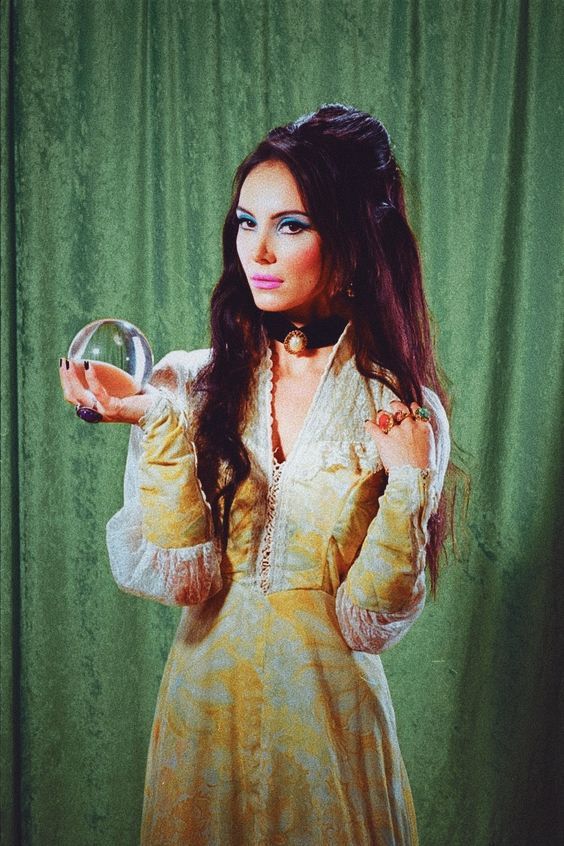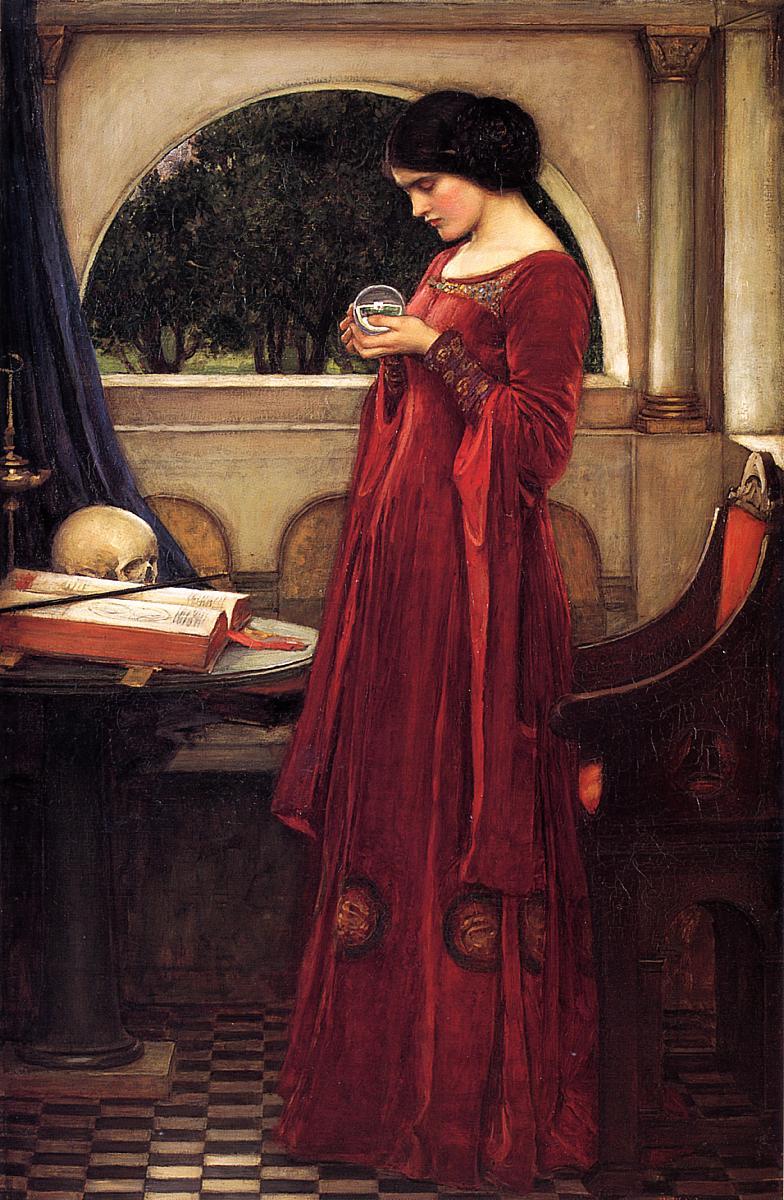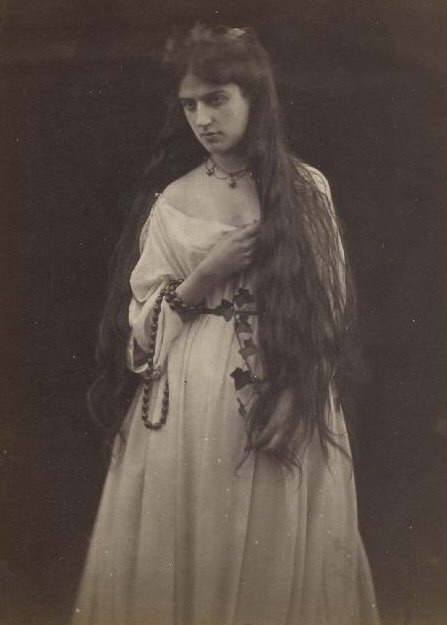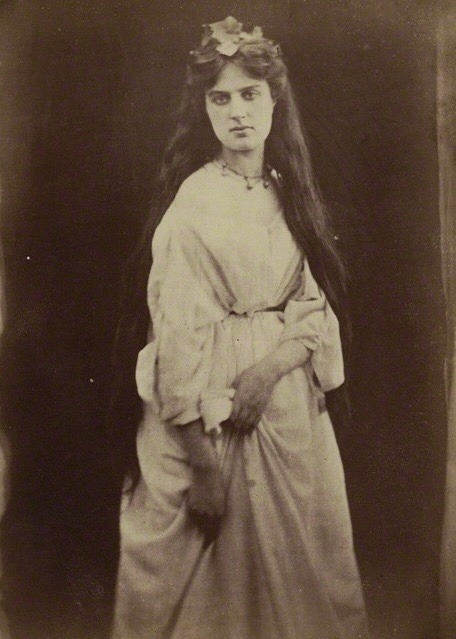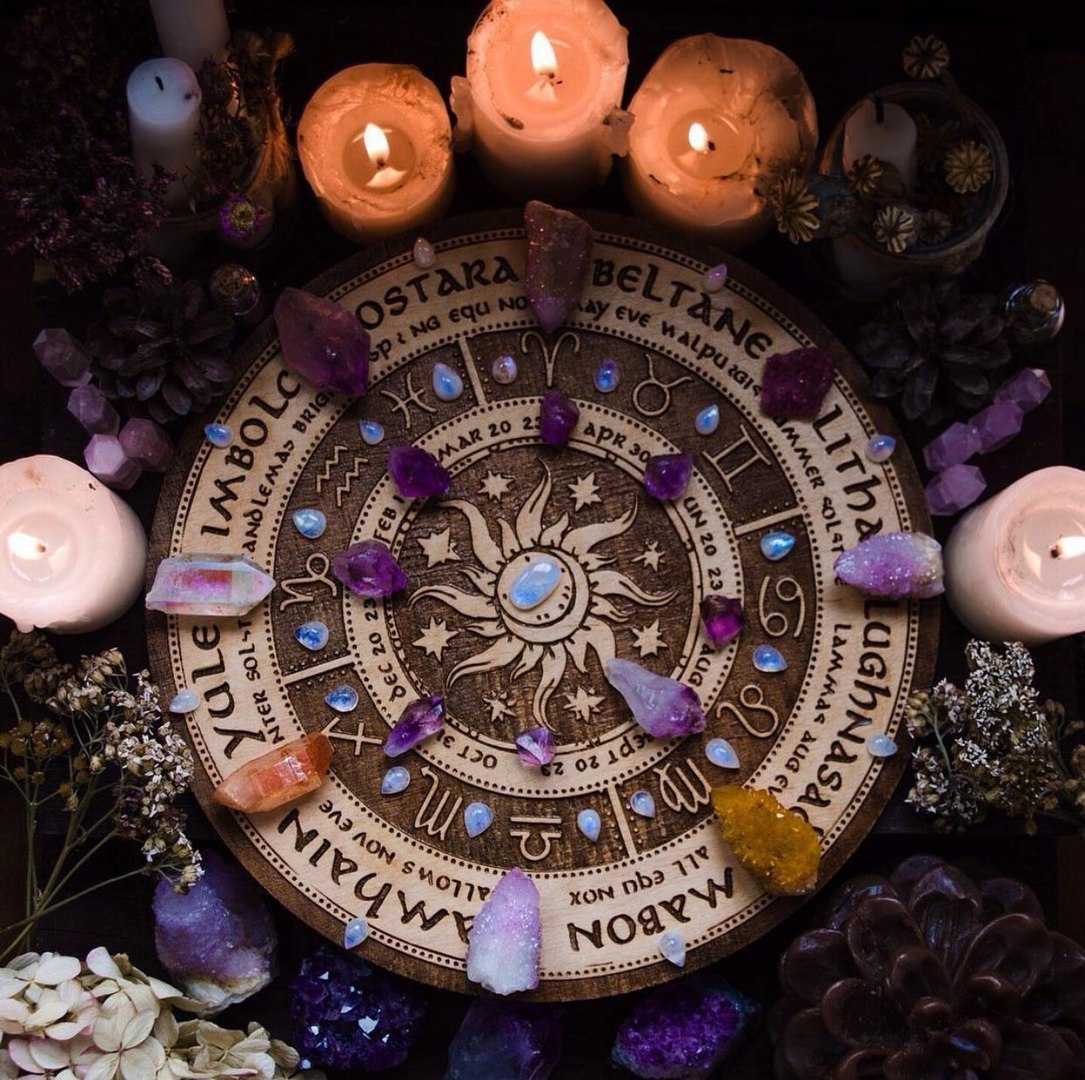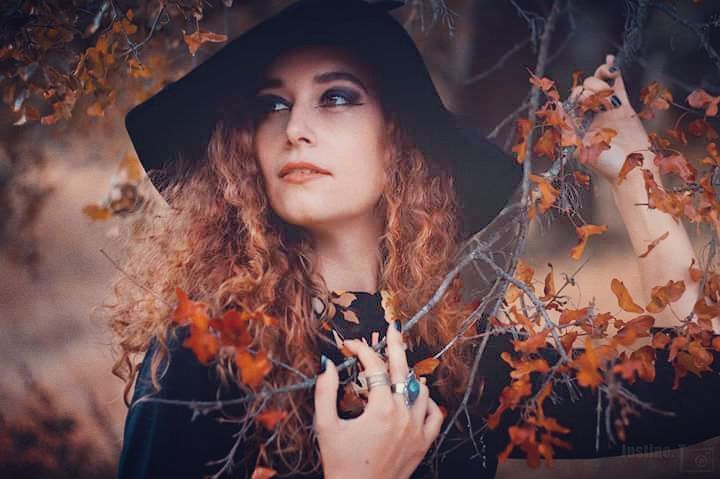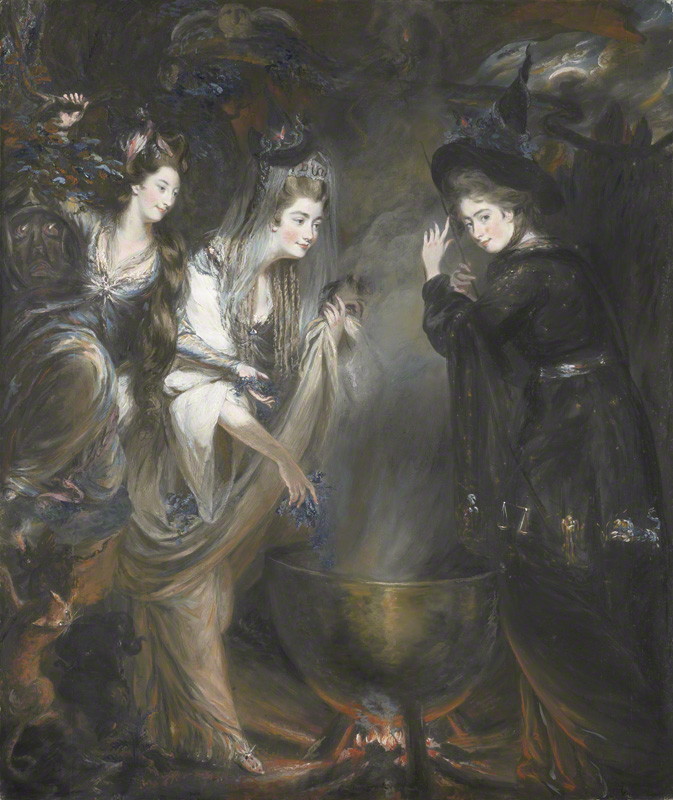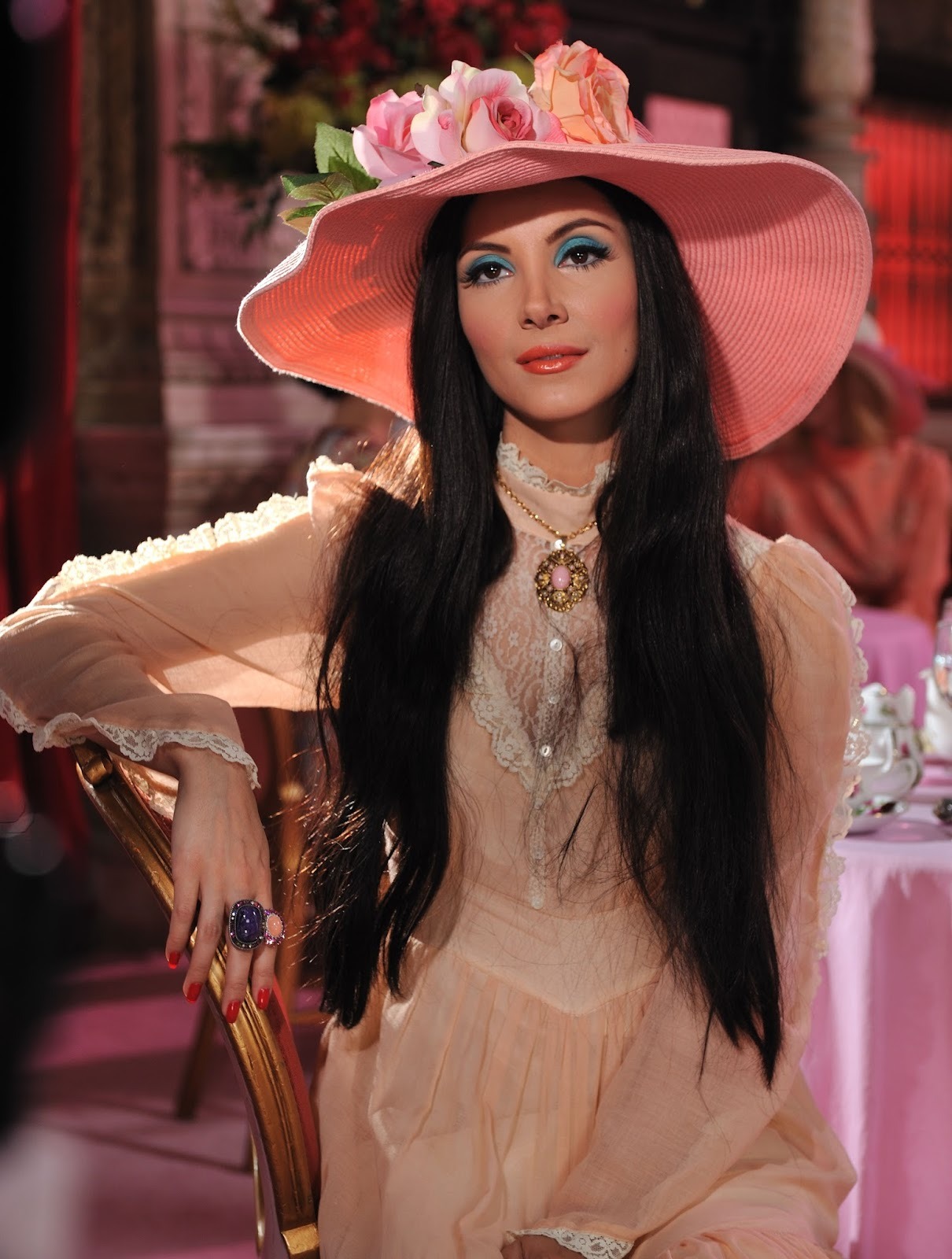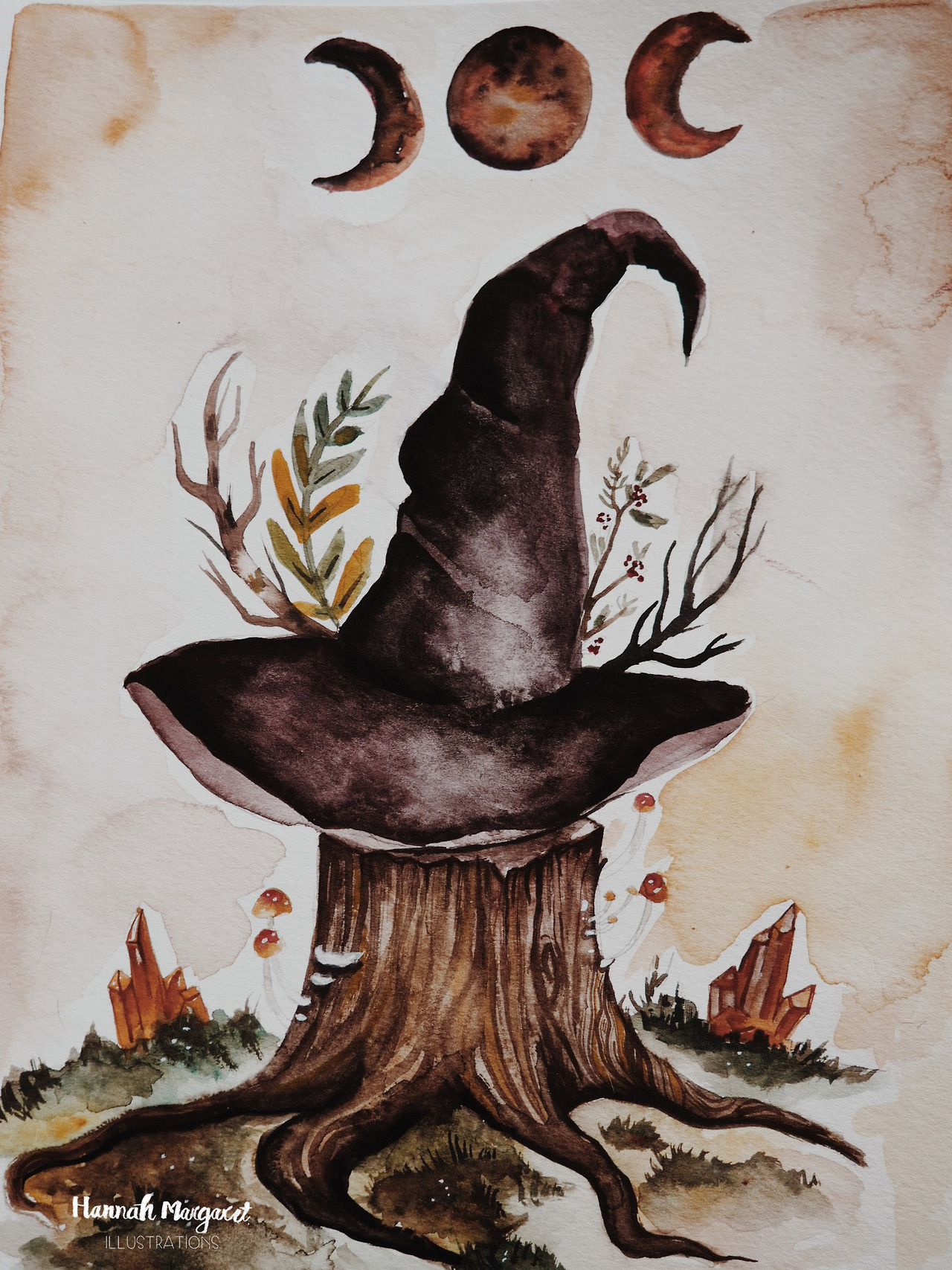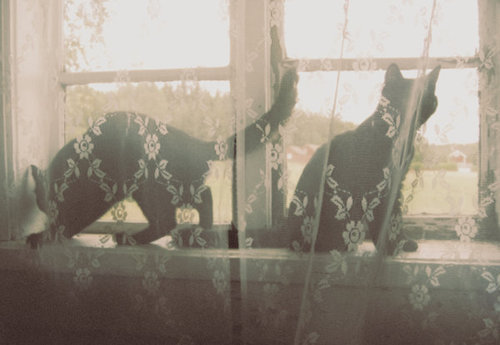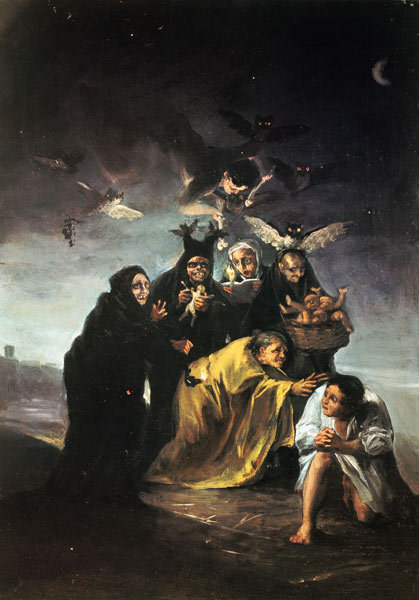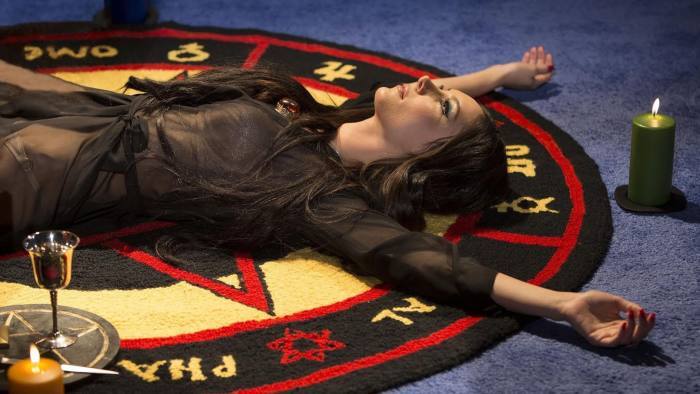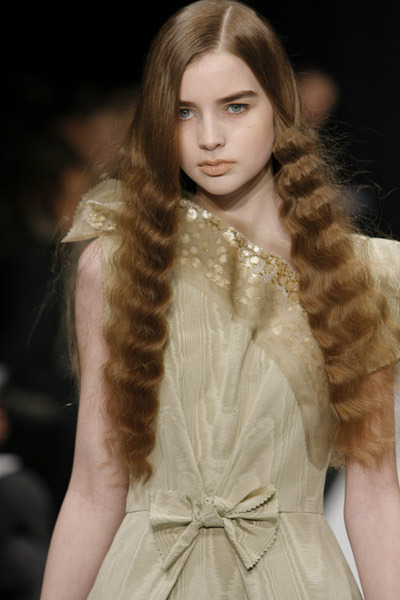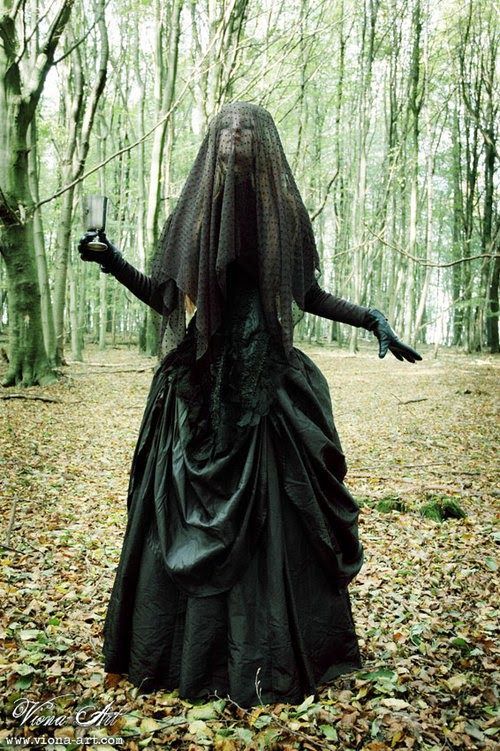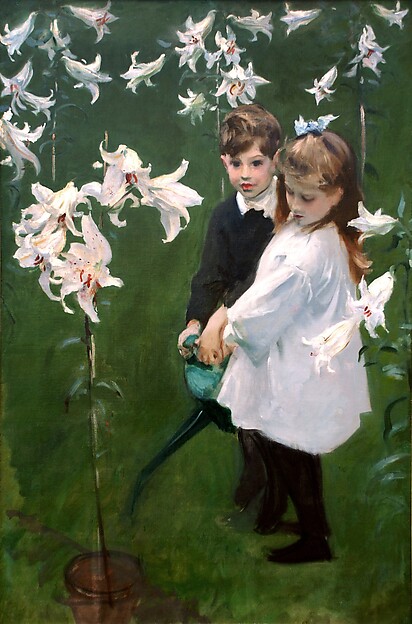In this post I will explore the similarities between two literary characters: Gustave Flaubert’s Emma Bovary and Tennessee Williams’s Blanche DuBois. January seems like the best time to tackle this topic when we are waiting for blossoms, romance and promises of spring, or at least I am. “Reality brings no romance” is a line from a song “Walk me to the bridge” by Manic Street Preachers.
 Isabelle Huppert as Emma Bovary (1991)
Isabelle Huppert as Emma Bovary (1991)
In his 1857 novel “Madame Bovary”, Gustave Flaubert expressed loneliness, longings and provincial claustrophobia with eloquence that surpasses that of any other writer before or after. Flaubert found inspiration in a newspaper article, and by writing this book, he wanted to prove to his friends that style is more important than the theme itself, adding that he was himself repulsed by the subject of adultery.
Every page of this novel is wrapped in silent melancholy, and the story offers neither the happy ending nor the solution; the countryside offers nothing pure suffocating boredom, while the city brings cheap pleasures and shallowness. This book is everything Morrissey sang about; lost dreams, impossible loves, boredom, small town frustration. Where The Smiths used just three or four minutes to say what they had to say, and coated it in whimsical, cheerful catchy tunes, Flaubert fills more than three-hundred pages with longings and disappointments. Emma’s story is a real ‘from despair to where’ one, to quote the Manic Street Preachers now. From despair – to death, it seems for her. If there’s one line from a pop song that describes her life perfectly, it’s this one by The Smiths: “I was happy at the height of the drunken hour but heaven knows I’m miserable now.”

Source: here.
“Each smile hid a yawn of boredom, each joy a curse, each pleasure its own disgust; and the sweetest kisses only left on one’s lips a hopeless longing for a higher ecstasy.”

“Emma lost weight, her face became pale and gaunt. With her smooth black hair, her big eyes, her straight nose, her birdlike walk and the silence that had now become almost constant with her, did she not seem to be passing through life without touching it, bearing on her brow the mysterious mark of a sublime destiny?”
Who is Emma Bovary, anyway? And why is she so negatively portrayed in popular culture when she is so realistic, everyone suffers that melancholia and boredom occasionally, so why deny it? Emma Bovary is a young and beautiful woman whose exceedingly romantic, verging on sentimental, disposition is all due to reading too many sentimental novels at convent where she was schooled. Her views on life, love and marriage are shaped almost exclusively by what she has read in those novels. She marries Charles, a simple minded country doctor, because she sees in him a potential rescuer from the boredom of her life. Soon, she becomes disappointed because nothing turned out like she wanted it. Charles is happy living in a small town, while she withers and daydreams of Paris – “She wanted to die. And she wanted to live in Paris.” A sense of unfulfilled longing lingers throughout the novel.
Here are a few quotes about Emma’s boredom in marriage:
“Before the wedding, she had believed herself in love. But not having obtained the happiness that should have resulted from that love, she now fancied that she must have been mistaken. And Emma wondered exactly what was meant in life by the worlds ‘bliss’, ‘passion’, ‘ecstasy’ which had looked so beautiful in books.”
“‘Then the appetites of the flesh, the craving for money, the melancholy of passion, all blended together in one general misery. (…) Her drab surrounding drove her to dreams of luxury; marital tenderness prompted the desire for a lover. She would have liked Charles to hit her, that she might have just cause for hatred and revenge. She was surprised sometimes at the hideous ideas that occurred to her. And all the while she must go on smiling, hearing herself insist that she was very happy, pretending to be so, acting the part.”

“She was so sad and so calm, so gentle and yet so shy, that by her side you felt under the spell of a frosty charm, just as you shiver in church at the scent of flowers mingling with the feel of cold marble. … But she was filled with lust, with rage, with hatred.”

Whenever I imagine Emma Bovary, I imagine her either wistfully strolling the paths of her garden with sad apple trees, half-dry pink hydrangeas, worn out wooden fence, moss and wet soil in the morning after a rainy night; or standing by the window, dreamy and beautiful, with a look of pain, disappointment and longing all at once in her dark eyes, as rain drops slide one by one on the outer side of the window, sighing “Everyday is like Sunday, everyday is silent and grey…”

This quote explains well why Emma hated life at the countryside and never relished in natural beauties around her:
“If she had passed her childhood in the back room of a shop somewhere in the middle of a town, she might now have awaken to the lyric call of Nature, which usually reaches us only through the medium of books. But she was too familiar with the country: with the bleating of the flocks, with the dairy and the plogh. Acustomed to the peaceful, she turned in reaction to the picturesque. She loved the sea only for its storms, green foliage only when it was scattered amid ruins. It was necessary for her to derive a sort of personal profit from things, she rejected as useless whatever did not minister to her heart’s immediate fulfilment – being of a sentimental rather than artistic temperament, in search of emotions, not of scenery.”

“And all the time, deep within her, she was waiting for something to happen. Like a shipwrecked sailor she scanned her solitude with desperate eyes for the sight of a white sail far off on the misty horizon. (…) But every morning when she woke she hoped to find it there. She listened to every sound, started out of bed, and was surprised when noting came. Then, at sunset, sadder every day, she longed for the morrow.”

“And so they would follow on, one after another, always the same; innumerable days that brought nothing.”

“She gave up playing the piano. What use, with no one to hear her? Since she could never play at concert, in a short-sleeved velvet gown, lightly caressing the keys of an Erard and feeling the murmurs of ecstasy wafting all about her like a breeze – it wasn’t worth the boredom of practising.”
She left her drawing-folios and her needlework lie in the cupboard. What was the use? What was the use? Sewing got on her nerves.
‘I’ve read everything,’ she said to herself.
So she sat there holding the tongs in the fires or watching the rain fall.”

“If matters had fallen out differently, she wondered might she not have met some other man? She tried to picture to herself the things she might have been – that different life, that unknown husband. For they weren’t all like this one. He might have been handsome, intelligent, distinguished, attractive, as were no doubt the men her old school friends has married… What would they be doing now? Living in town, amid the noise of the streets, the hum of the theatre crowd, the bright lights of the ballroom – the sort of life that opens the heart and sense like flowers in bloom. Whereas for her, life was cold as an attic facing north, and the silent spider boredom wove its web in all the shadowed corners of her heart.”

Blanche DuBois
Tennessee Williams’s characters are known for their complexity, and his plays turned into films are wonderful. Needless to say, I am a big fan. “A Streetcar Named Desire” was published in 1947 and is an example of Southern Gothic. The main character, Blanche DuBois, an ageing southern belle, is a soft-spoken, well-mannered, polite, dreamy, theatrical, exceedingly romantic and gentle person, who, due to her own nature and personal losses in her youth, is left vulnerable, emotionally needy and slightly psychologically unstable. There’s also something childlike about her naivety and idealism. She is a wonderful literary creation, portrayed beautifully by Vivian Leigh in the film from 1951, and another one of Tennessee Williams’ fabulous, layered, mysterious and decadent characters.
The play is set in the French Quarter of New Orleans; Blanche has just arrived and takes a streetcar named “Desire” to visit her sister Stella and her husband Stanley. The contrast between Blanche’s magical aura and the poverty and roughness of Stella and Stanley’s life is immediately noticeable. Blanche with her soft blonde curls, her long flimsy gowns with thousands of shimmering flounces that play the most charming melodies of Tchaikovsky, her pearls and roses, her rouge and her old love letters, her perfumes and soft shawls. Blanche constantly insists on creating an aesthetically pleasing environment and nurturing the dreaminess that she perpetually inhabits; she takes long baths and dresses most exquisitely despite Stella’s poor situation, insists on covering the bare lamps and keeping a boudoir lightning. She says herself: “I can’t stand a naked light bulb, any more than I can a rude remark or a vulgar action.” Her well-mannered, educated and polite nature are odd compared to the brutish nature of Stanley and his friends.

There’s something so fragile, delicate, nervous about Blanche, you can’t point your finger on it, but you feel it. As if her inner life is a butterfly trapped in a jar, fluttering hopelessly and heating the glass to no avail. In the play Tennessee Williams wrote a note: “Her delicate beauty must avoid a strong light. There is something about her uncertain manner, as well as her white clothes, that suggests a moth.” Blanche is delusional to the end, fragile like a moth, beautiful and dreamy, refusing to open her eyes and see the world the way it really is, accepting the hand of a stranger, with an eerie smile on her face, saying: “I have always depended on the kindness of strangers.” A moth is broken and quenched at last.

“Physical beauty is passing – a transitory possession – but beauty of the mind, richness of the spirit, tenderness of the heart – I have all these things – aren’t taken away but grow! Increase with the years!”

One of my favourite lines by Blanche:
“Don’t you just love those long rainy afternoons in New Orleans when an hour isn’t just an hour – but a little piece of eternity dropped into your hands – and who knows what to do with it?”

Source: here.
“The rest of my days I’m going to spend on the sea. And when I die, I’m going to die on the sea. You know what I shall die of? I shall die of eating an unwashed grape. One day out on the ocean I will die–with my hand in the hand of some nice looking ship’s doctor, a very young one with a small blond moustache and a big silver watch. “Poor lady,” they’ll say, “The quinine did her no good. That unwashed grape has transported her soul to heaven.”
“What is straight? A line can be straight, or a street, but the human heart, oh, no, it’s curved like a road through mountains.”

“I’ll tell you what I want. Magic! Yes, yes, magic! I try to give that to people. I misinterpret things to them. I don’t tell the truth. I tell what ought to be truth. And if that is sinful, then let me be damned for it! – Don’t turn the light on!”

This dialogue is my particular favourite:
“Stella: You needn’t be so cruel to someone as alone as she is.
Stanley: Delicate piece she is.
Stella: She is. She was. You didn’t know Blanche as a girl. Nobody, nobody, was tender and trusting as she was. But people like you abused her, and forced her to change.”
So, what is it that, in my view, connects the two heroines? Firstly, they are both highly imaginative and prone to melancholy and self-pity. Both follow a religion of beauty, dreams and magic. They are big aesthetes, their surroundings and appearance means a lot in keeping their dreamy vision of the world. Emma initially tries to keep away her disappointment away by decorating the house and indulging in pretty fabrics and shawls, but no amount of material possessions can fill the emotional void both heroines feel inside. They are misfits, they aren’t accepted in their communities because they are different, not realistic and down to earth. And lastly, both are emotionally and psychologically unstable.
Tags: aesthete, American literature, Beauty, Blanche DuBois, boredom, boring marriage, dreams, Emma Bovary, Flaubert, French literature, Gustave Flaubert, Idealism, literary character, Literature, Madame Bovary, magic, Melancholy, misfit, Morrissey, New Orleans, provincial claustrophobia, Realism, reality brings no romance, Romantic, southern belle, Southern Gothic, Tennessee Williams, The Smiths, Vivien Leigh
 Dosso Dossi, Circe and Her Lovers in a Landscape, 1525
Dosso Dossi, Circe and Her Lovers in a Landscape, 1525






